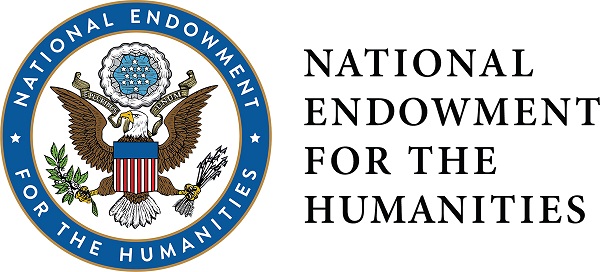
US Government Documents related to Indigenous Nations
Congress
84th Congress, 2d Session
Files
Download Full Text (328 KB)
Description
This United States (US) public law, also known as the Indian Relocation Act or Adult Vocational Training Program passed on August 3, 1956, allowed for the Secretary of the Interior to establish vocational training programs for Indigenous people aged 18-35 with the expressed goal of increasing employment opportunities. The law additionally aimed to encourage Indigenous people to leave reservations and “assimilate” into more urban populations. The program resulted in many Indigenous people being moved off their land and into cities where they did not have the resources or support to establish themselves.
Publication Date
8-3-1956
Keywords
Indian Relocation Act, Adult Vocational Training Program, public law
Organizations Referenced
The Department of the Interior
Publisher
Government Printing Office
Disciplines
American Politics | Indigenous, Indian, and Aboriginal Law | Indigenous Studies | Law and Politics | Native American Studies | United States History
Recommended Citation
An Act Relative to Employment for Certain Adult Indians on or Near Indian Reservations. Public Law 959. Statues at Large 70, (1956): 986. https://commons.und.edu/indigenous-gov-docs/128/.

Included in
American Politics Commons, Indigenous, Indian, and Aboriginal Law Commons, Indigenous Studies Commons, Law and Politics Commons, Native American Studies Commons, United States History Commons

